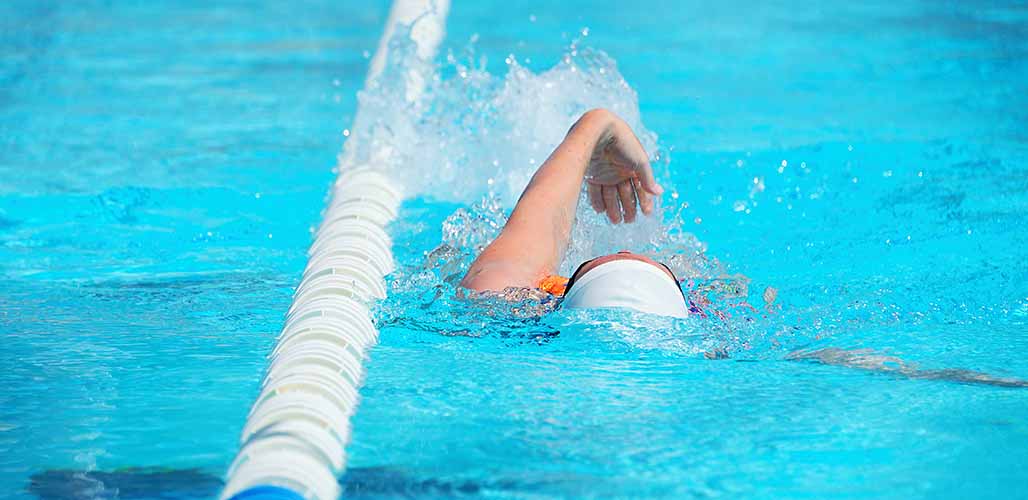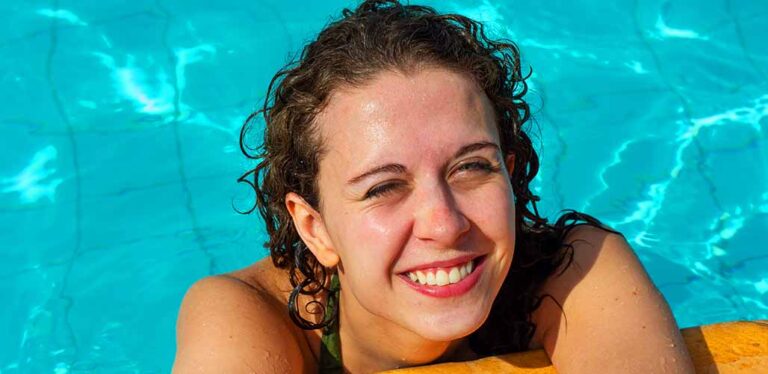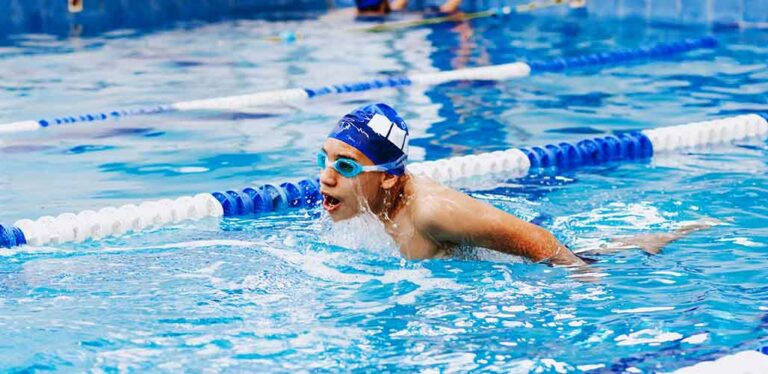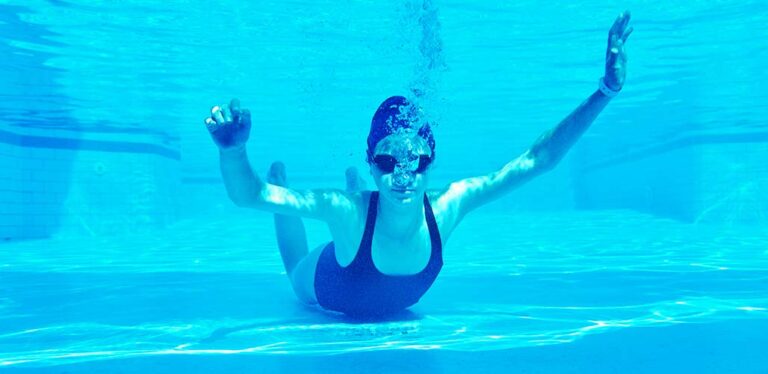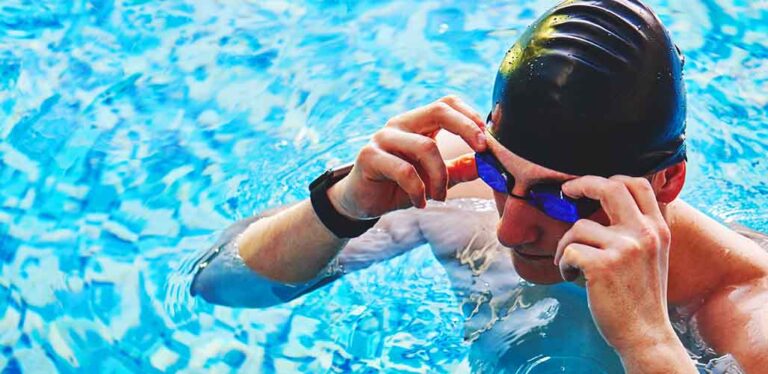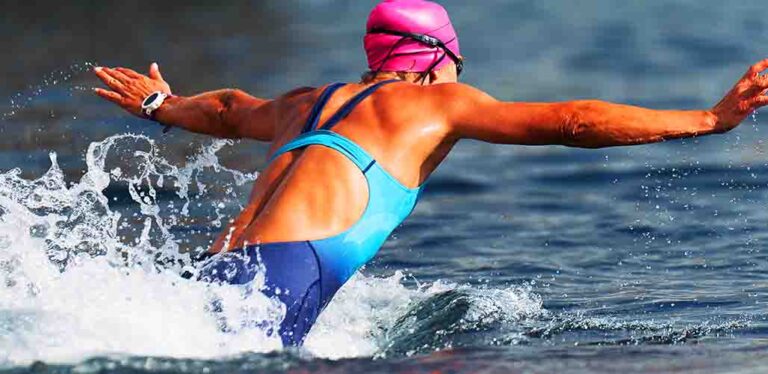Which Lane is Best for Swimming?
Which lane is best for swimming? When I first started swimming, I swam in whatever lane was available. But, as I started getting more serious about my fitness and beating my personal best for each stroke, I started to wonder if the lane I chose could have an impact. And of course, the answer can depend on your goals. Are you trying to beat a PB or are you still trying to get used to swimming in the deep end? In these cases, a middle lane with lots of visibility can be better for the former, whilst an edge lane might be better for the latter, with the reassurance of the wall to grab onto. In this guide, I’ll take a closer look at if any lane is better than the rest, and whether your choice really matters.
Contents
- Which lane is best for swimming?
- Do swimming lanes matter?
- Which lane is the hardest to swim in?
- Which is the slowest lane in swimming?
- What lane is best for swimming in public pools?
Which Lane is Best for Swimming
In swimming, the center lane is generally the most coveted spot. When swimming via the center lanes, swimmers have better visibility of those around them. This can help them to engage their speed if they see somebody catching up to them near the end of a race.
There is no scientific evidence that proves one lane to be any faster than another. But, athletes tend to perform better when they can see the field of competition. When swimming in lane 4 or 5, a swimmer can see half the field when they take a breath to the left or to the right — which allows them to gauge their exertion.
World records have been set in the edge lanes as well. So they aren’t as disadvantaged as some swimmers may feel. When a swimmer wins their prelim, they are granted the fourth lane in the pool. This results in many gold medals being won by those in the lane as the swimmer has already proven to be a tough match to beat.
Do Lanes in Swimming Matter?
Infrequent viewers of the sport of swimming may conclude that lanes are assigned at random and that it doesn’t matter which lane a swimmer is in. However, there’s a lot that goes into deciding who goes where and the preliminary heat determines the lane organization.
Those who came in first during the heat get the optimal lanes. Those coming in near the end get pushed to the edge of the pool. This automatically assigns the swimmers in lanes four and five as the leaders of the pack, as they came in first and second during the prelims.
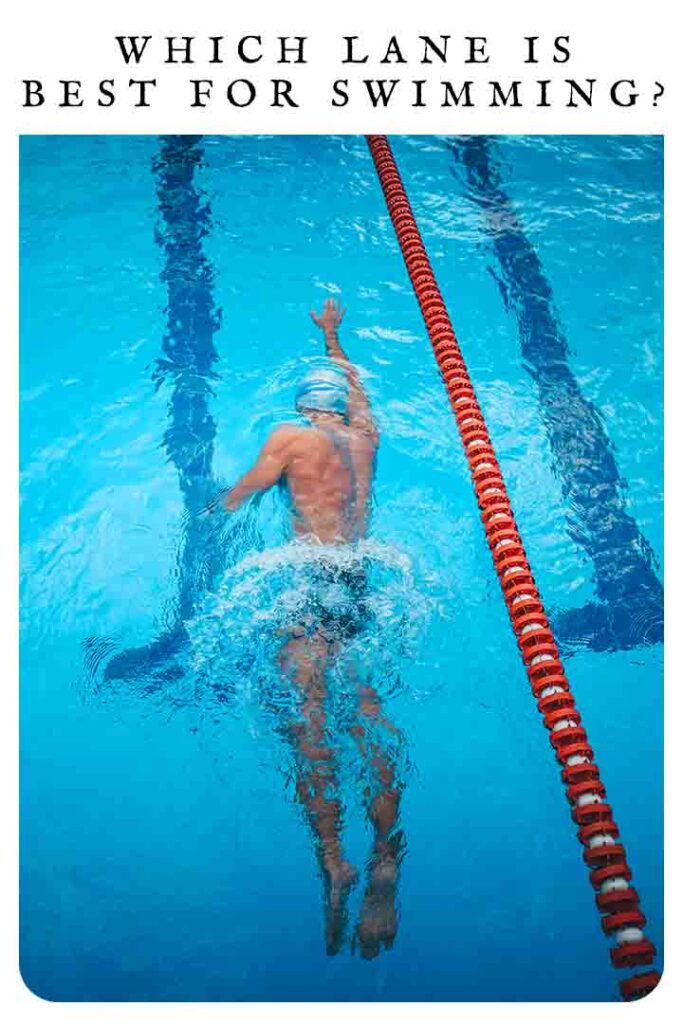
What Makes Middle Lanes Preferable?
The middle lanes are advantageous for a variety of reasons, though some of them are mere superstitions. Waves can indeed reverberate off the walls of the pool. This leaves the swimmers at the edge at a natural disadvantage as they fight against this extra movement in the water.
Depending on which side the swimmer breathes from, swimming at the wall of the pool may leave them with a view of concrete as they’re swimming. In the middle, regardless of the side from which you breathe, you’ll have a view of half of your competition. While this doesn’t affect your ability to swim, it can be a mental challenge to not see who’s in front of you until you make your first turn.
This phenomenon also holds weight in track. Runners in the middle lanes have an easier time keeping an eye on the competition. So, they have a push to chase them down throughout the race, before overtaking them near the end.
Which Lane is the Hardest to Swim In?
Many swimmers argue that swimming at the edge of the pool is the most difficult. You don’t have the best peripheral view of the other swimmers and the water tends to get choppier near the sides, which results in increased resistance.
All of the water being kicked by swimmers in the inner lanes is being pushed to the edge. So, the swimmers in lanes one and eight have a more difficult time. Their water is not as steady as that in lanes four, five, and six.
The Psychological Barrier
Historically, swimmers who are assigned to the middle lanes have won gold and silver medals. This isn’t a hard and fast rule. But it certainly creates a psychological barrier when a swimmer gets assigned to an outer lane.
Those assigned to lanes one and eight often have very little expectation put on them. They’ve already proven to be slower than the rest of the field. It’s not uncommon for a swimmer to groan, audibly or internally, when they see that their assignment is near the edge of the pool.
In the Olympics, the inherent disadvantage of swimming at the edge of the pool is combated by the requirement of having 10 lanes. Of these 10 lanes, 8 are used. This allows swimmers at the edge to have an aquatic barrier between themselves and the concrete wall. This helps with the overall choppiness of the water.
Which is the Slowest Lane in Swimming?
There are generally considered to be slower lanes in the pool, such as lanes one and eight. These are the swimmers who came in seventh and eighth in the preliminaries, respectively, and they received the suboptimal lanes.
Theoretically, you could place a swimmer such as Michael Phelps in the edge lane and he would win against the competition with ease. However, considering that he often won his prelims — he was placed in lane four, or the “fastest” lane.
The preference between certain lanes may indeed be psychological up to a point. Though some of it is also based on conditions within the pool. An important note to make is that being assigned an outer lane doesn’t atomically eliminate a competitor from the chance to get on the podium.
Exceptions to the Rule
As recently as 2021, the slowest qualifying swimmer, Ahmed Hafnaoui, won gold in the Tokyo Olympic Games. Despite having to compete in an outside lane, he pulled off the upset after only narrowly advancing to the race.
The slowest swimmers in the initial heats end up making the slower lanes, in fact, slower. Swimmers can win from an edge lane. Though it’s less common than seeing awards be granted to those in the middle lanes. 7th and 8th seed swimmers are considered the underdogs right off the bat.
Which Lane is Best for Swimming in Public Pools?
Most of the situations I’ve discussed so far involve professional, competitive swimmers. But, lane choice can still be an important decision even if you’re a novice swimmer. Some swimming pools will allocate lanes based on speed. For instance, they might cordon off a couple of lanes for laps when the pool is busy to keep leisure swimmers and kids out of your way.
Alternatively, some swimming pools will cordon off ‘slow lanes’. For instance to give elderly swimmers a little relief from faster swimmers. It will all depend on the pool and the swimming they expect to see. It can even vary depending on the day and the time, so this can actually be a more important factor than the lane you choose. The advantages of the middle lane might be nonexistent if you’re trying to swim a personal best whilst dodging kids doing handstands.
Consider the amount of other people in the pool, the speed you’re hoping to swim, and your confidence in the water. If in doubt, speak to a member of staff. They will be more than happy to advise you so you can get your best time and do so safely.
Which Lane is Best for Swimming? A Conclusion
Though swimmers prefer swimming in lane four, the effect may be a placebo. There is indeed increased visibility, which may potentially affect the way the swimmer kicks it into gear as they see someone gaining on them.
There tends to be an increased current near the edge of the pool, as the other swimmer’s strokes ripple towards the edge. This can slightly increase resistance to the swimmer in an edge lane.
All eyes tend to be on the swimmers in lanes four and five, as these are the two who came first and second in the preliminary heat. That’s not to say that an underdog in lane seven or eight can’t break out and win the whole thing, though.
More Swimming Questions Answered
- Why do I always get a headache after swimming?
- Is it actually good to swim in cold water?
- How can I speed up my backstroke
- Swimming vs cycling for weight loss
- Why do I feed tired after swimming?
References
- ‘Swimming’, Department of Local Government, Sport and Cultural Industries (2021)
- Dawson, A. ‘The Slowest Qualifier for a Men’s Olympic Swimming Event Shocked the World When He Ended Up Winning Gold’, Insider (2021)

